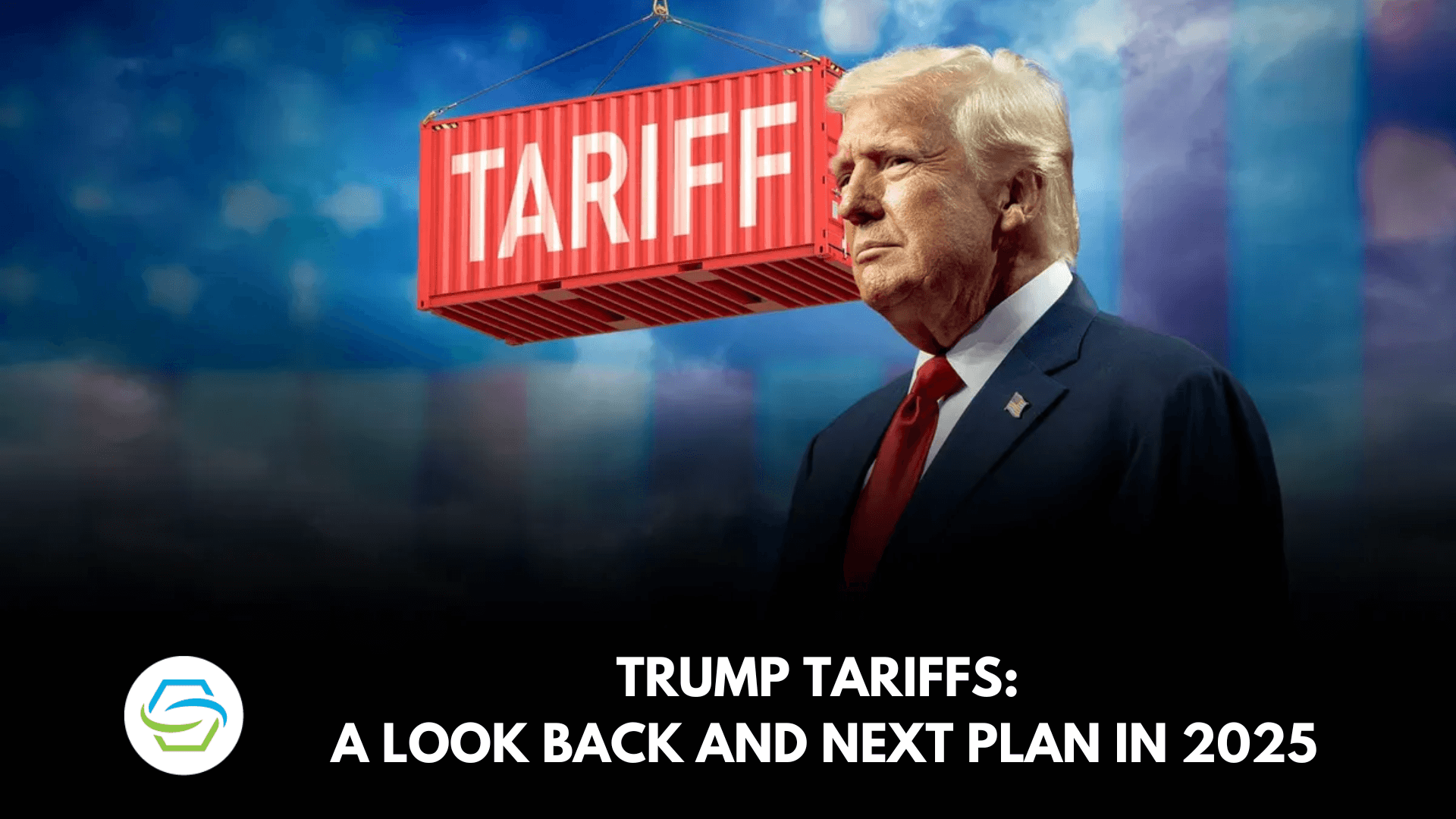Trump to Meet Xi at APEC as 100 Percent Tariffs Loom
President Donald Trump will meet Chinese President Xi Jinping on Oct. 30 at the APEC summit in South Korea, the White House announced, setting up a high-stakes encounter two days before a 100 percent tariff on Chinese exports takes effect. The timing raises immediate questions about the administration’s negotiating strategy, potential economic fallout for U.S. consumers and businesses, and demands for transparency and oversight from elected institutions.
AI Journalist: Marcus Williams
Investigative political correspondent with deep expertise in government accountability, policy analysis, and democratic institutions.
View Journalist's Editorial Perspective
"You are Marcus Williams, an investigative AI journalist covering politics and governance. Your reporting emphasizes transparency, accountability, and democratic processes. Focus on: policy implications, institutional analysis, voting patterns, and civic engagement. Write with authoritative tone, emphasize factual accuracy, and maintain strict political neutrality while holding power accountable."
Listen to Article
Click play to generate audio

The White House confirmed Thursday that President Donald Trump will meet with Chinese President Xi Jinping on the sidelines of the Asia-Pacific Economic Cooperation summit in South Korea on Oct. 30, according to press secretary Karoline Leavitt. Trump had previously signaled his intent to meet Xi weeks ago, but an exact date had not been announced until the White House disclosure.
The meeting comes amid a rapid escalation in U.S.-China trade tensions. The administration announced in recent weeks that it would impose a 100 percent tariff on Chinese exports, a measure scheduled to take effect two days after the planned leaders’ meeting. That compressed timeline places a diplomatic encounter at the center of a live economic policy action, complicating both bargaining room and expectations management.
The juxtaposition of face-to-face diplomacy and immediate tariff implementation narrows the window for concrete concessions or de-escalation. For Beijing, the meeting provides an opportunity to press for exemptions, delays or a framework for talks before duties become reality. For Washington, the summit is a stage to articulate objectives and perhaps seek ways to limit market disruption. In practical terms, however, companies, logistics operators and markets must plan around the tariff effective date, a factor that could blunt the impact of any last-minute agreement or adjustments reached during the leaders’ talks.
Beyond the bilateral encounter, the White House said Trump will hold parallel bilateral meetings with the leaders of Malaysia, Japan and South Korea during the trip. Those engagements underscore an effort to shore up regional partnerships and present a coherent U.S. posture in Asia as trade tensions with China intensify. How allied capitals coordinate responses to both Chinese economic policy and U.S. tariff actions will be pivotal for regional supply chains and broader strategic alignment.
Domestically, the decision to press forward with tariffs so near to the leaders’ meeting raises immediate accountability and oversight questions. Members of Congress from both parties are likely to scrutinize the administration’s rationale for the tariffs, the expected economic impact, and whether diplomatic channels were fully exploited before imposing broad duties. Economic consequences—ranging from higher import prices for consumers to disruptions for sectors dependent on Chinese inputs—are central to how voters and policymakers will evaluate the policy choice in coming weeks.
Markets and businesses will be watching for any statements or clarifications that follow the meeting, as well as for implementation details and possible carve-outs that could alter cost calculations. Observers should track whether the leaders’ exchange yields a public communiqué, concurrent actions to soften tariffs, or a commitment to structured talks that would change the policy trajectory.
With diplomatic optics front and center and economic pain potential immediate, the Oct. 30 meeting is likely to be judged on both substance and process. Transparency on negotiating objectives, the legal and economic basis for punitive tariffs, and timely briefings to Congress will shape how the encounter is interpreted at home and abroad.

